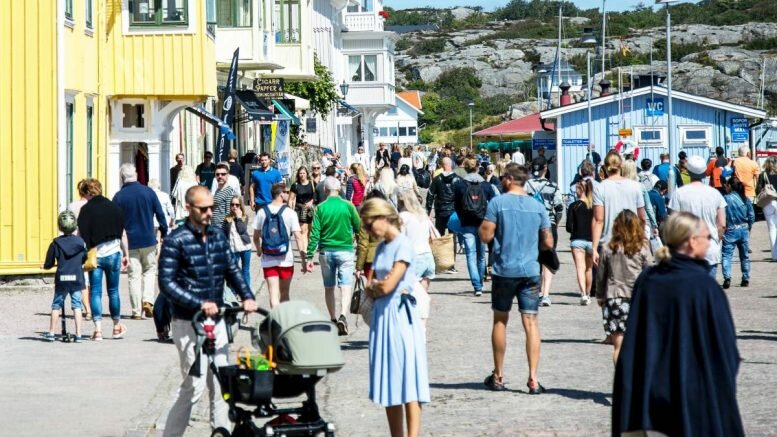Norway’s population is aging rapidly, and in just ten years, there will be more older people than children and young people in the country.
The figures come from Statistics Norway’s (SSB) May population projection.
“Aging, lower population growth, and more older immigrants are some of the trends that will characterize the population development in Norway in the future.
“In 2030, for the first time, there will be more older people than children in this country,” senior researcher Astri Syse, who heads Statistics Norway’s work on the research, said at the time.
A total of 6 million people by 2050
The population will increase from 5.4 million today to 6 million in 2050 and 6.3 million in the year 2100.
The population will continue to increase in Norway throughout the century, although growth will be lower than previous projections have shown.
That is primarily due to immigration.
Today, there are around 790,000 immigrants in the country, and that figure will increases to 1.1 million by 2060.
The majority will come from remote countries in Africa and Asia, according to SSB’s projection.
“Growth connected to immigrants will not occur in the younger age groups. On the other hand, we will see a sharp increase in immigrants in older age groups… By 2060, immigrants will not only work in the health, nursing, and care sectors, they will also be users of these services,” Syse noted.
Up to 2050, the number of newborns will outpace the death rate. After 2050, a reversal is expected.
Nevertheless, the population will continue to grow due to immigration.
An aging population
At the same time, SSB’s forecast shows the population aging rapidly.
Today, 940,000 Norwegians are over 65 – by the turn of the century, there will be almost 2 million Norwegians over 65.
The number of those that are 80 or older will more than triple by 2060.
According to Statistics Norway, the coronavirus epidemic is likely to cause a slight decline in population growth for a couple of years due to closed borders and low mobility.
“We, therefore, expect that the corona pandemic will reduce both fertility and immigration – in the short term – while we do not expect mortality to be affected,” Syse noted.
Low fertility
In Norway today, the fertility level is historically low, and Statistics Norway expects that the trends will continue for the next five years – a development partly linked to the corona pandemic.
After that, an upswing is expected.
“Women in Norway still give birth to children… but fewer choose to have more than two children,” Syse noted.
She pointed out that many women wait to have children.
The projection assumes an average of 1.7 children per woman in 2060.
The current total fertility rate (TRF) of 1.53 remains the lowest ever registered.
Furthermore, the fertility rate has declined every year since 2009, when it amounted to 1.98.
© NTB Scanpix / #Norway Today






Be the first to comment on "Norway’s population is aging rapidly and fertility is at a historic low, study shows"